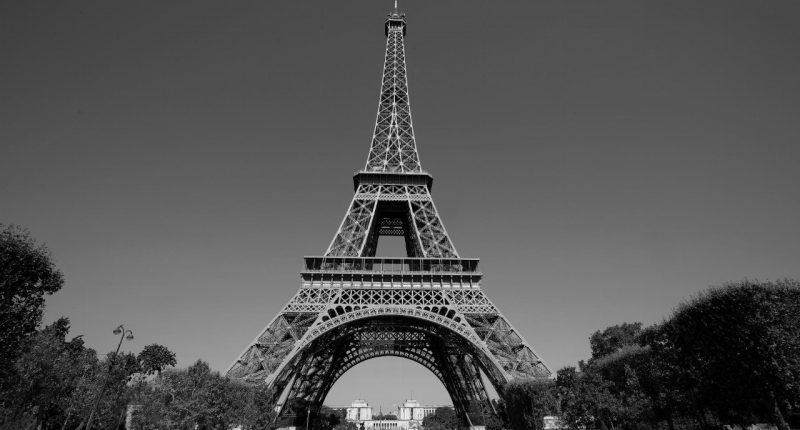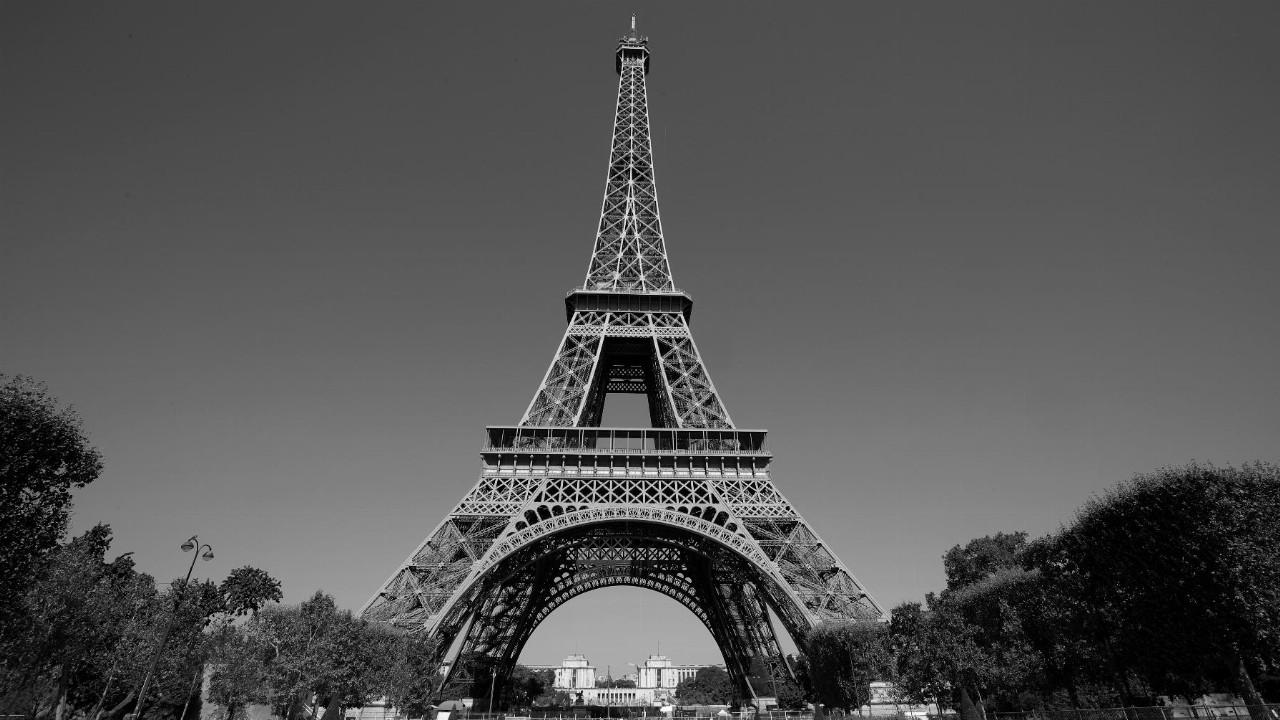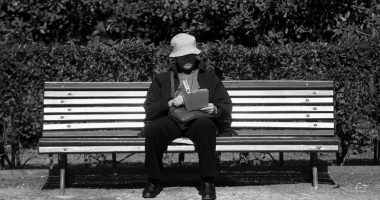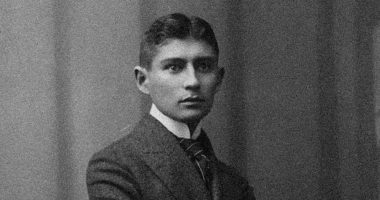It has been a target for destruction by terrorists with hijacked planes since before 9/11. It hosts an annual summer concert and extravagant fireworks display on the French national day. President Emmanuel Macron celebrated there on the night of his re-election in April. And it is being dolled up with fresh paint for the 2024 Paris Olympics.
The Eiffel Tower remains the pre-eminent symbol of Paris and of France. But it’s rusting.
On the face of it, the corrosion is not a surprise. Like any structure made of iron or steel — it is composed of 18,038 pieces of “puddled iron” held together with 2.5 million rivets — the tower built in 1889 for the World Exhibition is prone to oxidation. The same is true of the Forth bridge, a steel rail bridge built at the same time in Scotland that needed constant repainting and became a byword for a labour without end.
No one knew this better than the engineer Gustave Eiffel who designed it, and who wrote in his book La Tour de 300 mètres (The 1000-foot tower): “One cannot emphasise enough that paint is the essential element to preserve a metal structure and the care taken with the painting is the only guarantee that it will last … What’s most important is to stop the rust before it starts.”
Eiffel made sure that every part of his tower, then the world’s tallest building, was accessible so it could be repainted. To prepare for the 2024 Olympics, the Paris city company that runs it, the Société d’Exploitation de la Tour Eiffel (Sete), embarked three years ago on the 20th repainting job since it was built.
The painters, attached to a skein of climbing ropes for safety, can be seen clambering about the lower reaches slathering on the luminous yellow-brown colour favoured by Eiffel.
But in June, the French magazine Marianne sounded the alarm about the state of the tower, citing consultants, engineers and former employees who said that rust was eroding the structure and that the new paint job would be cosmetic and mostly useless because only the decorative arch facing the Champ de Mars would be first properly cleaned of rust and old paint.
“In some places, a coat of paint is simply brushed in a hurry on to the existing layers which are flaking off and detaching,” one anonymous whistleblower told the magazine. “It’s heresy.”
Patrick Branco Ruivo, Sete’s managing director, insisted that the tower had “never been so well preserved” and “will continue to stand with this flawless iron” — a response to Marianne’s alarming headline that asked, “Will the Eiffel Tower fall?” He said some of the old paint and rust was being stripped for the first time and that the puddled iron underneath was in perfect condition.
Who to believe? I went to look for myself, shrugging off the persona of the cynical Parisian and joining the 25,000 tourists a day who visit France’s most famous attraction.
I can confirm that the views across Paris and beyond are magnificent, and that the rust is real. In some places, it’s bursting out from behind the paint, leaving brown streaks down the metal beams. In others, the paint has fallen off completely, exposing the bare metal. Anyone can see this from close-up by walking down the stairs from the top.
Asked about the nature of the job, one of the painters confirmed cheerily: “In a few places we scrape away, but mostly we just paint over.”
The original plan was to scrape away much more old paint — 30 per cent of the tower’s surface instead of the 5 per cent being treated now — but the danger posed to the public by the lead used in earlier coats and the necessary safety measures made that difficult and expensive. Already the cost of this repainting has risen from €50 million to more than €90 million.
“We want a clear assessment of the situation to tell us exactly where we are,” says Jean Laussucq, a Paris councillor from the seventh arrondissement where the tower is located. “If you want to de-rust the tower, you have to take off all the lead paint … But the constraint is 2024 — the city must be absolutely ready for the Olympic Games.”
In short, while Gustave Eiffel turns restlessly in his grave, the tower will have to wait until the 2030s for a full round of maintenance to eliminate the rust and secure its future.
Victor Mallet is a journalist, commentator and author with more than three decades of experience in Europe, Asia, the Middle East and Africa. He is currently Paris bureau chief for Financial Times and has previously worked as Asia editor and Asia news editor based in Hong Kong. He has written books on the River Ganges and on the modernisation of south-east Asia.





